Our Stories
Recent Articles
History & Discoveries
Peeking Through the Draperies of National Statuary Hall
A short history of this significant space's special fabric.
History & Discoveries
Capitol Lyrics: "America the Beautiful"
The lyrics of this patriotic song are found easily at the U.S. Capitol.
History & Discoveries
A Hallowed Figure in American Art and Culture: the Bald Eagle
The bald eagle is painted, sculpted and carved throughout the Capitol campus. Its white head, wide wingspan and gnarled talons are ubiquitous.
History & Discoveries
Unearthing Capitol Hill's Buried History
Visit Congressional Cemetery and discover the many connections the Architect of the Capitol has to this hallowed ground.
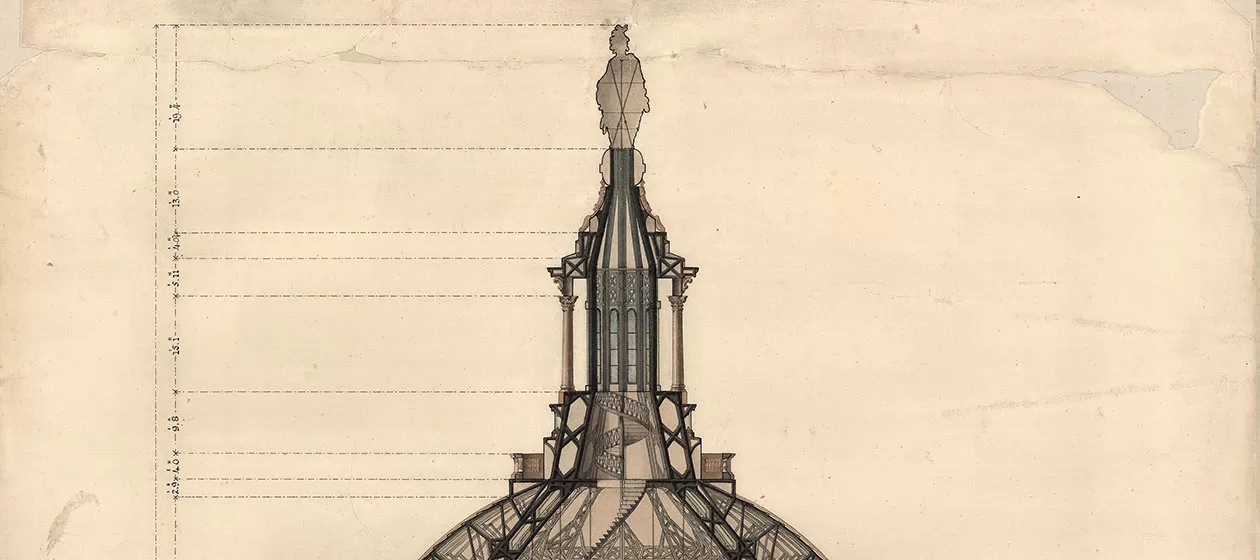
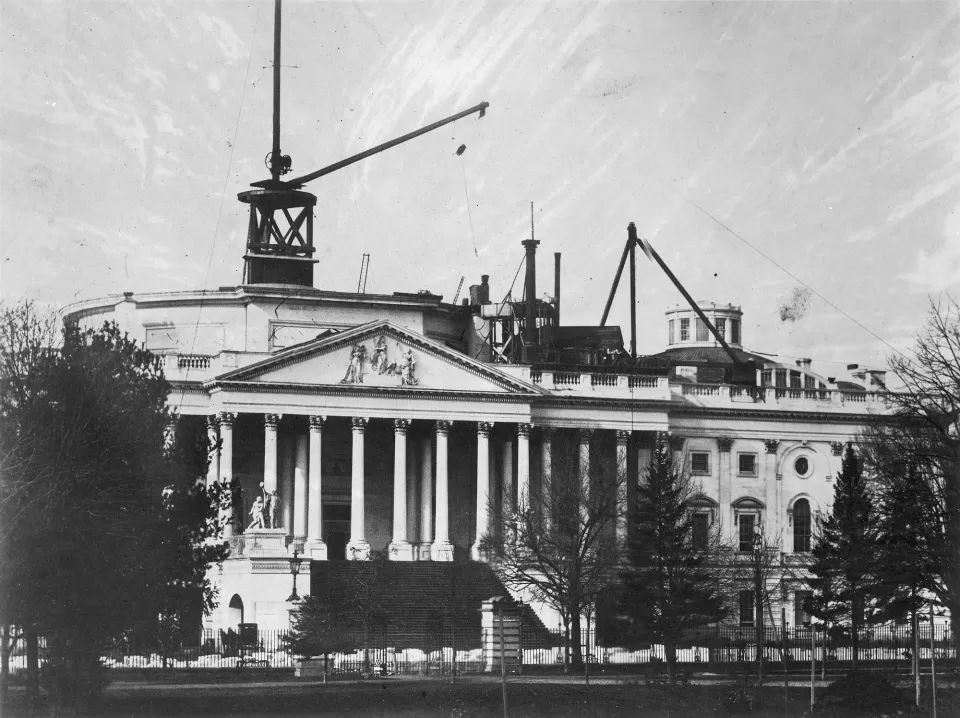
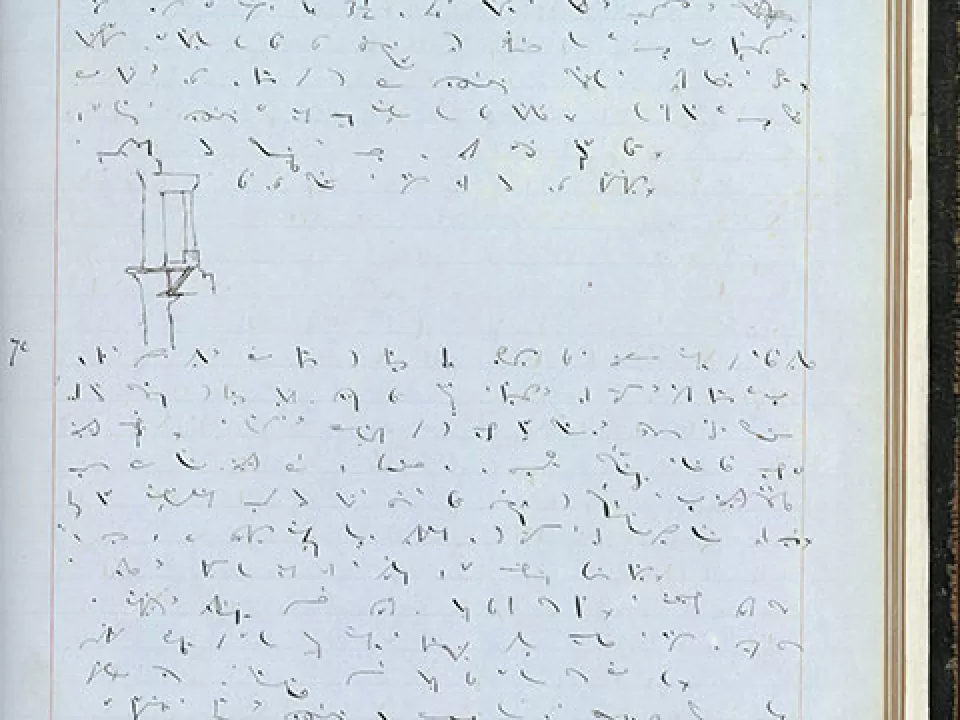
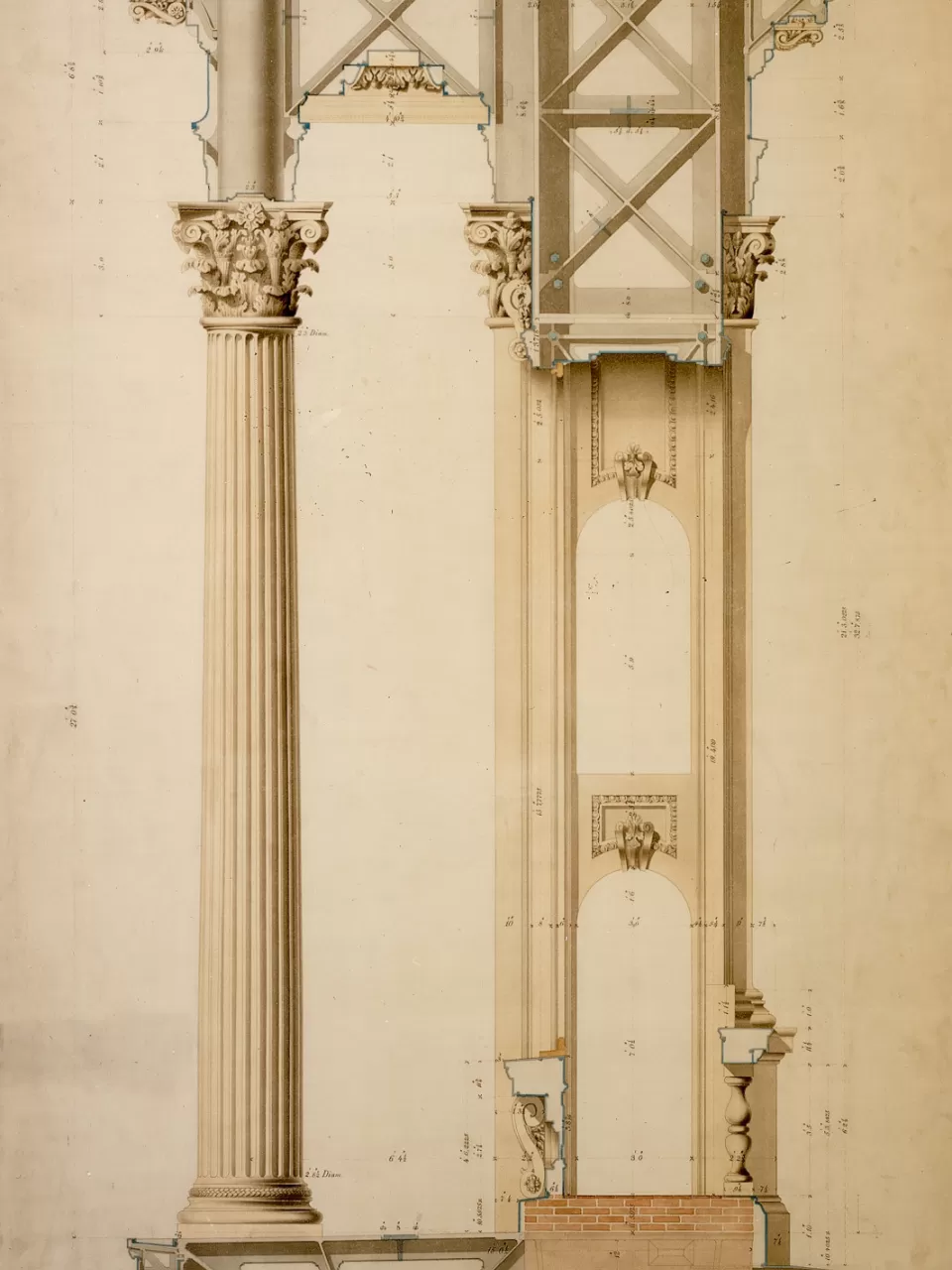
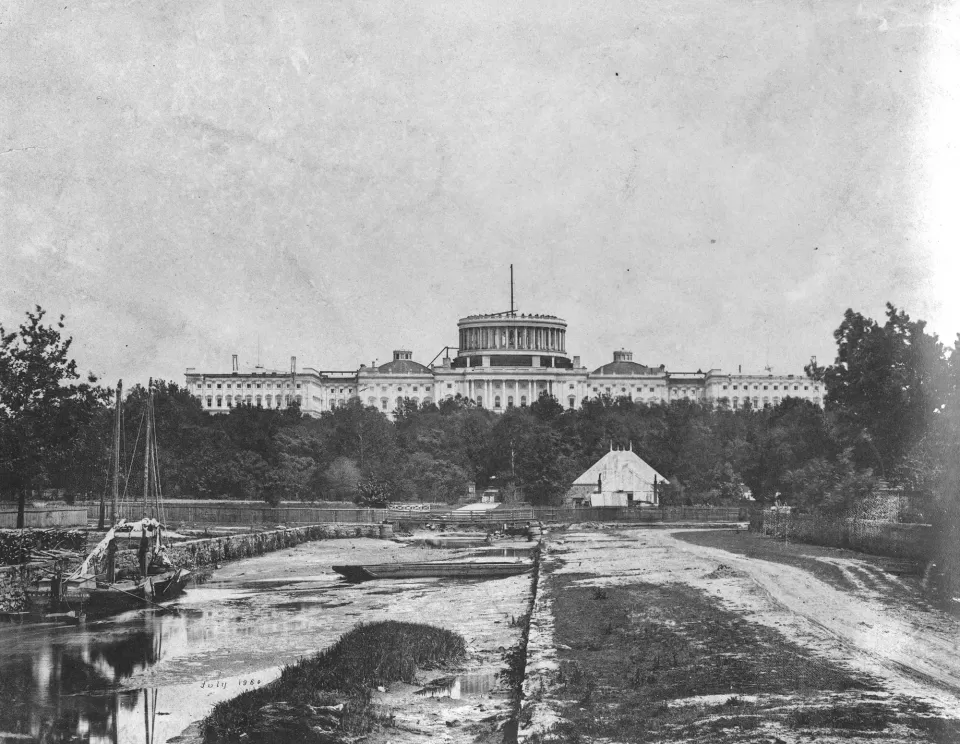
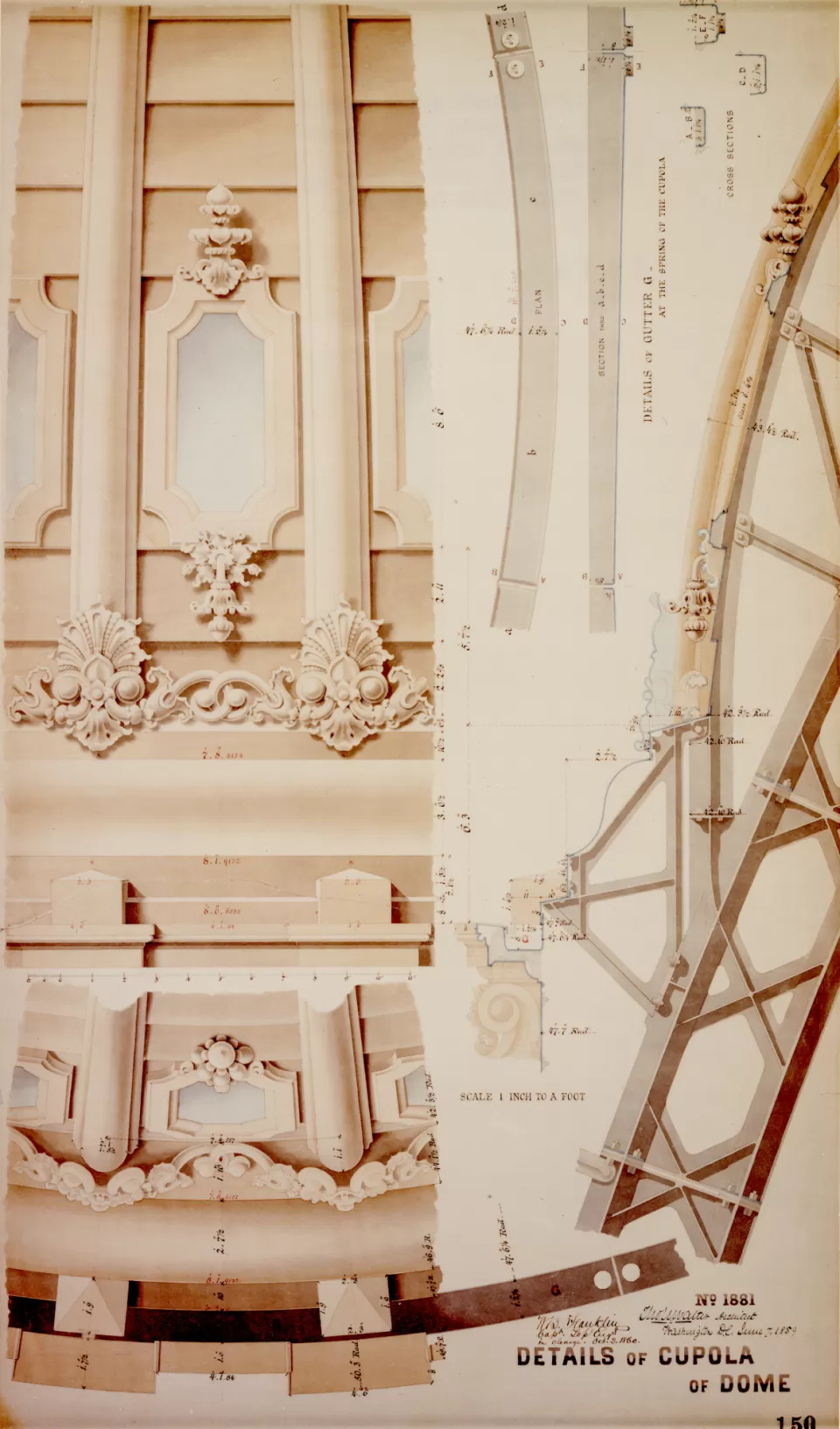
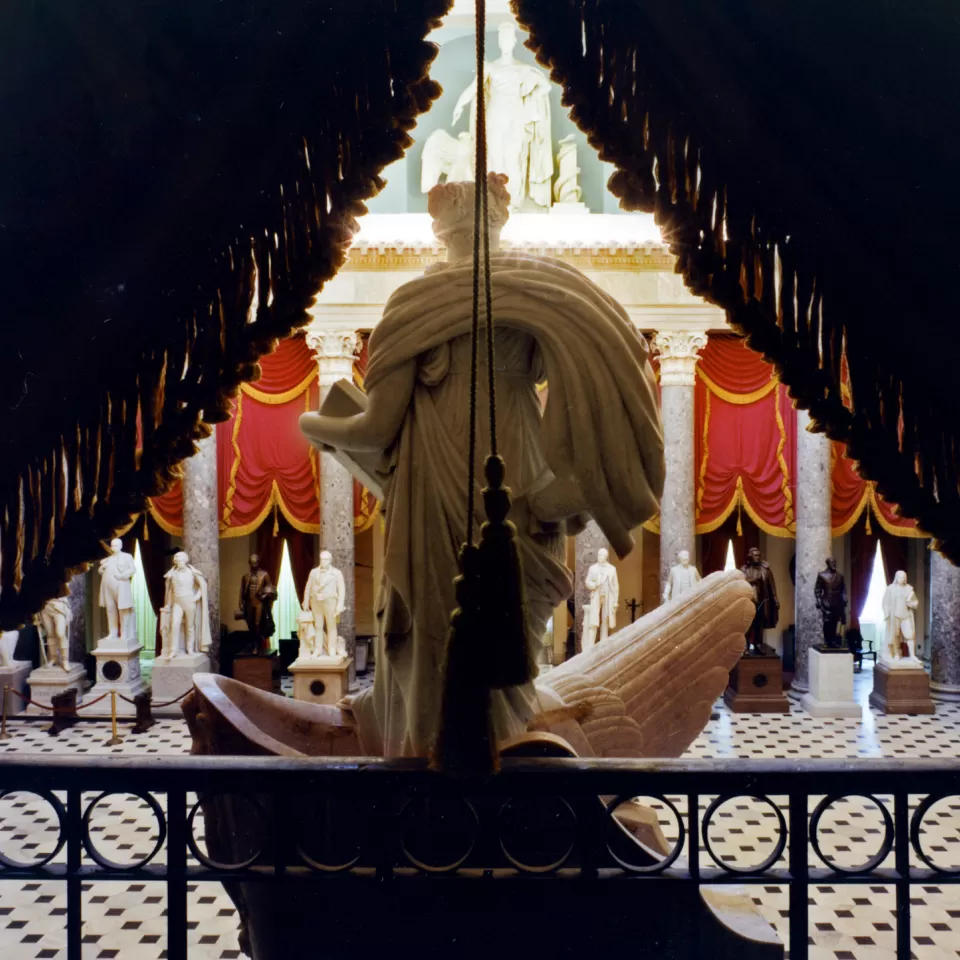
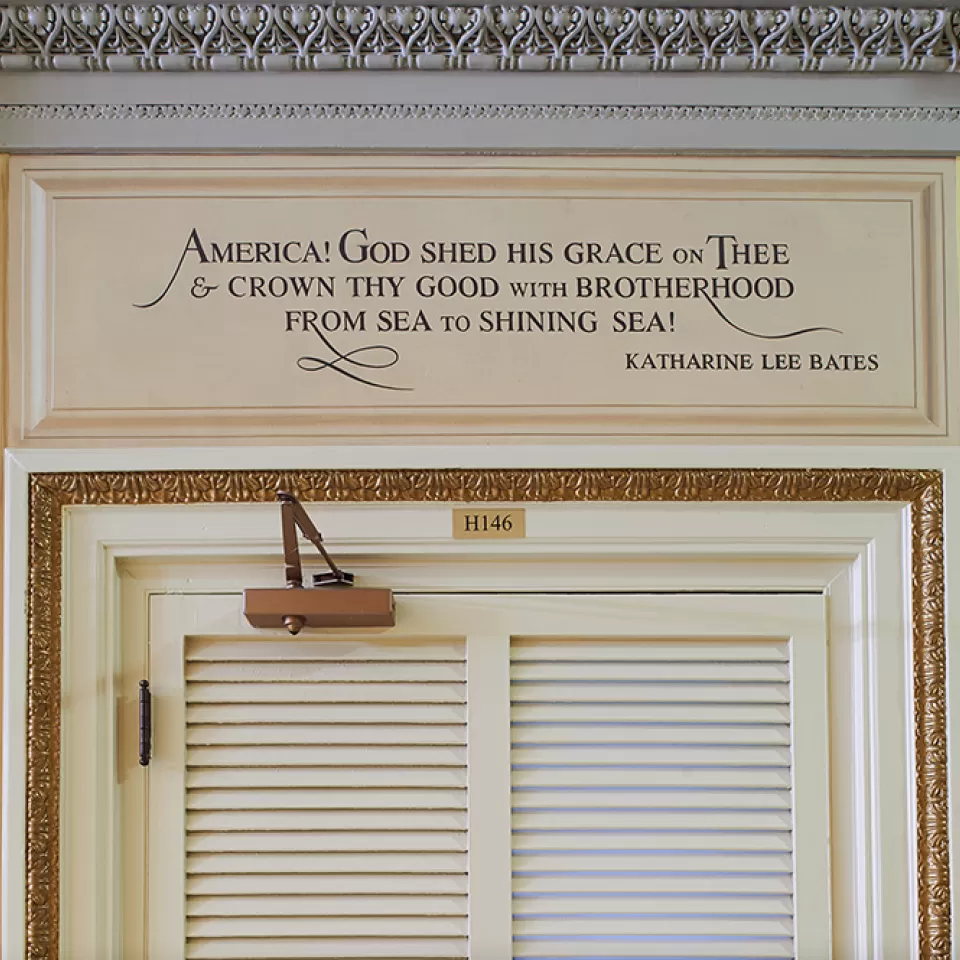
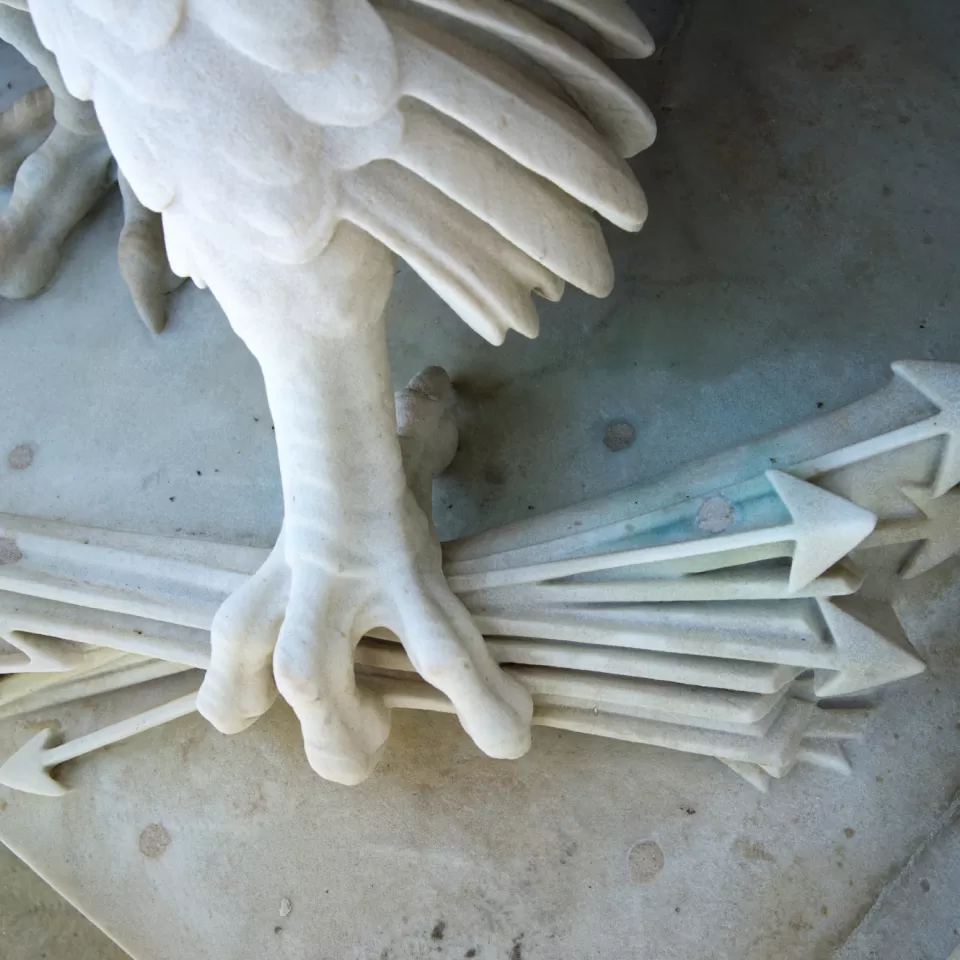

Comments
St. Isaacs in St. Petersburg, Russia, built 1838-58, has a cast iron dome slightly larger and taller than the U. S. Capitol. I thought this was the prototype used by Walter 🙂
What an interesting piece of information and architectural history. _x000D_
Thanks so much for this terrific lesson in architecture, engineering, and art.
Great information. Many thanks. _x000D_
THANK YOU; This is a history lesson I really appreciate. Your group, AOC, is greatly appreciated.
Add new comment